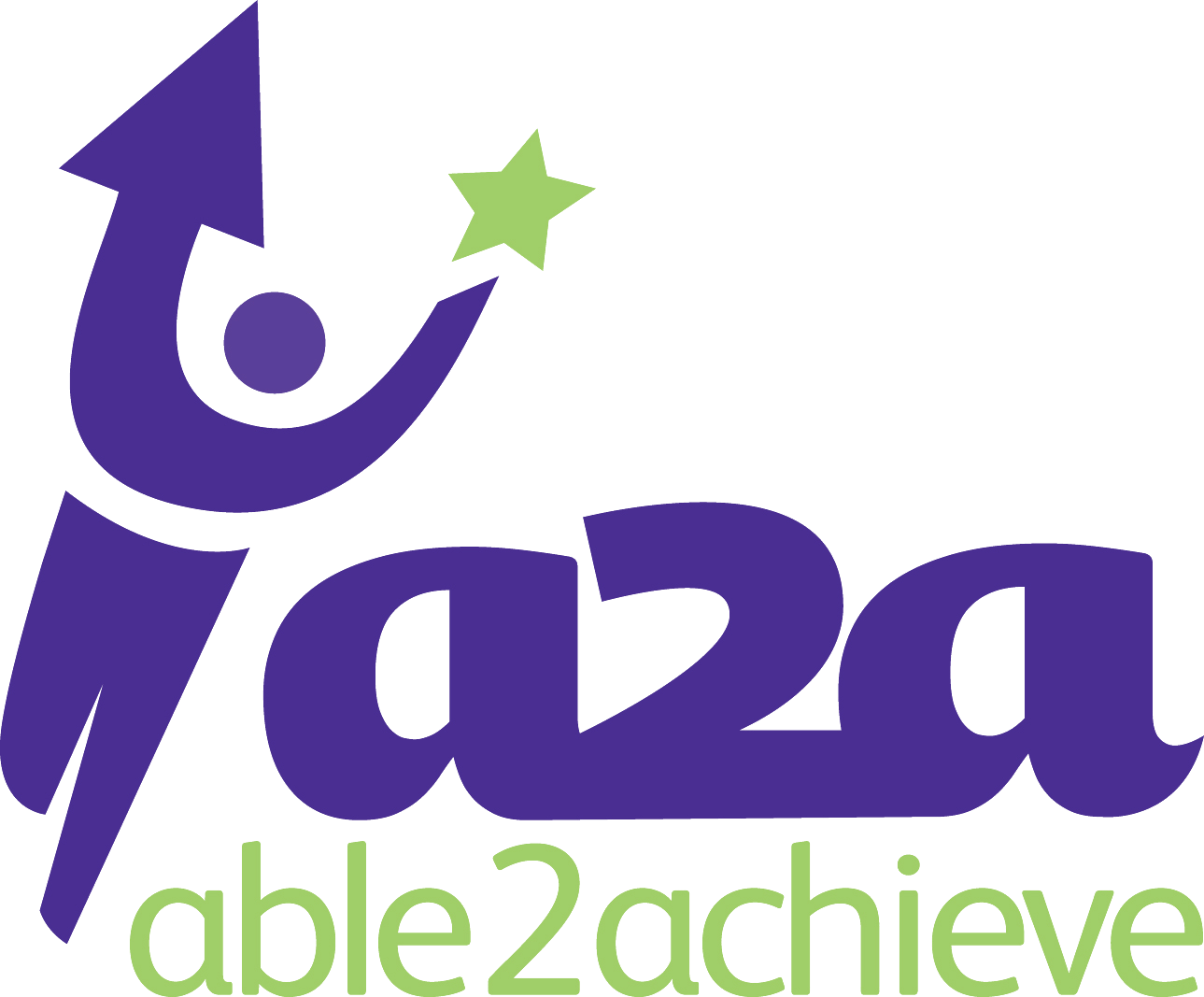
Understanding the Gap: Learning Disabilities and the Structural Barriers to Equitable Healthcare
It is common knowledge in the care sector that adults living with a learning disability (LD)
have poorer physical health
than those living without. This is due to a number of reasons where there are often barriers
to healthcare services due
to the needs of the individual not being met. This review will identify just some of the
barriers/themes to why
healthcare services do not deliver the most effective care. The 2022 LeDer (Learning
Disabilities Mortality Review)
found that the median death was 82 for men without a LD, in comparison to just 63 of men who
have a diagnosis of LD.
This gap is significant, and the statistics published in the LeDer 2023 found that 42% of
deaths of people with a
learning disability were avoidable[4]. The LeDer has identified areas for improvement across
the country, the purpose of
my research is to identify what I can do in my own practice to support better partnership
working with health services
to ensure any avoidable harm or even death is reduced. The main cause of death identified
was Aspiration Pneumonia,
where individuals have aspirated. One of the service users I support has a diagnosis of
dysphagia, and 15% people with a
LD have dysphagia, research about this is key too raising awareness and making practice
better to reduce the risk of
death or harm from this cause[5].
There is lots of research and case studies regarding inequality in the healthcare sector for
adults living with a
learning disability (LD), I have identified the following themes which I feel are the most
prominent barriers effecting
the individuals I support with equal access to healthcare; communication and discrimination.
As part of the literature
review I will identify and research published and recognised information regarding each
theme and critically analyse the
literature, to review different ideas, thoughts and findings on each theme. Each piece of
literature discussed will be
focused on the topic "what are the barriers to equal healthcare for those living with a LD
diagnosis and how providers
can support with equal access to healthcare." The literature available will support
understanding and knowledge to what
the barriers are and how as I provider I can overcome these barriers to make the service I
run better and therefore
improve the quality of life of those I am supporting.
Communication
All of the individuals which I support have communication needs or difficulties, it is
'estimated that 57.9%' of people
with a LD and '40% of people with Autistic Spectrum Disorder ASD' have difficulties with
their communication when
interacting with others [6]. Communicating about our own health and how we feel in our
bodies is critical to identifying
and acting on healthcare needs. Ineffective communication can result unmet needs are
therefore more serious health
consequences which can result in death if not dealt with effectively. [6] Communication
Difficulties (CD) can lead to
adults not being able to obtain or understand information about their health or healthcare
services. Often information
from healthcare services is given in a written text format which adults with a CD can often
not understand, therefore
making them reliant on another person to support them or tell them, taking away independence
and creating a barrier to
access this information for themselves. It has been identified that written and verbal
information given by healthcare
services was 'difficult to understand' and gave 'unclear explanations to instructions'
leaving individuals feeling
'incompetent' due to lack of understanding about procedures and personal diagnosis's which
can result in the need not
being met resulting in preventative healthcare needs not being met leading to more
healthcare needs. It was identified
that with healthcare providers being trained in communication methods, new approaches to
care needs and empowering the
individual to communicate in a way which was most effective for them showed improvements in
communication with
individuals, making people feel more confident in sharing their diagnosis with the
practitioner allowing the healthcare
service to have a better understanding of them as an individual. [6] This article identifies
that communication was the
most prominent barrier to healthcare services and identifies that 'abstract language, strict
linear thinking' 'lack of
training' result in individuals not being able to understand and it identifies the need that
healthcare providers must
use different methods of communications to support patient safety.
Not identified in the above article was the communication barriers that arise when
communicating with an individual and
their caregiver. Article [7] identifies the preconception that practitioners can have
regarding a person's capacity and
their ability to make decisions which resulted in practitioners communicating directly with
the individuals caregiver.
Although it is important to include and work in partnership with those of a LD, it is
equally as important to make sure
the person is treated as an individual and consulted about their own healthcare
needs.
Both of the articles [6] and [7] support experiences that I have witnessed and experienced
myself in my role. Article
[6] focuses on the experiences of people with a LD and the communication which was shared
with them directly, and
article [7] focuses on services communicating with the care giver rather than the
individual. Both relate to the Mental
Capacity Act 2005 (MCA) and a persons ability to make decisions based on their ability to
use, retain, weigh up and
communicate information as a process to make decisions about their health needs. Principle 2
of the MCA 'all practical
steps' ensures we are giving someone all the information they need in an accessible format
to support them to make
decisions for themselves, article [6] focuses on lack of information given in an accessible
format for someone to
understand and therefore could hider their capacity to make decisions about their own health
because principle 2 of MCA
has not been followed. Contrasting to article [7] the article identifies the benefits of
having a caregiver present and
the importance of their experience and knowledge of the persons communication needs can be
shared to allow the
practitioner to communicate directly with the individual more effectively. The Article [6]
does recognise, similarly to
[7], that some practitioners relied fully on the caregiver, leaving the patient feel
'disempowered' and not respected as
they were not incorporated into conversation about their own care. Article [7] talks about
the indirect discrimination
by practitioners by assuming that the individual does not have capacity to understand or
make decisions about their own
health, against principle 1 of the MCA. This will lead to the individual feeling unempowered
and out of control. In my
experience, talking to the primary care giver also creates a barrier as they will not gain
the views or feelings
directly from the individual, this can lead to information being given to the practitioner
on an opinion or from their
point of view, critical information about health needs can be missed or misinterpreted if it
has not come from the
individual themselves. Both barriers identified in articles [6] and [7] my staff and I have
experienced when supporting
someone with a LD to access care and support services. I was recently supporting staff with
an individual who had been
admitted into hospital after a decline in their health, it was not until 5 days later that
the staff member was told the
person had a fracture in their spine, the information was not shared with the individual at
all and the staff were left
to share this information in an accessible format with the individual. Not only, does the
person not know why they are
in pain, they were deemed as lacking capacity and this information was not shared with them
directly, making them feel
out of control about their own health. Article [8] supports the other articles analysed
above[6][7] and supports that
other individuals felt that health care staff failed to change and support the individuals
preferred method of
communication, leading to lack of understanding effecting their ability to share any worries
or concerns with
practitioners. Articles [6][7] support the hypothesis, showing there is a barrier via
communication between people with
a LD and Health services. I can use the findings from these articles to support in
collecting my own data. I can use
[6][7] in writing questions for my research and therefore how I can recognise any concerns
in communication and
implement strategies to make this better between provider and GP.
Discrimination
As already discussed above where practitioners have mis assumed a person's capacity, and
ability to communicate
directly, there is often indirect discrimination for someone with a LD when accessing
healthcare services and this can
be a barrier to equal services in comparison for someone who does not have a LD. This is
something I have experienced in
my own job role where healthcare practitioners fail to make reasonable adjustments, or have
adequate understanding,
knowledge and training on supporting someone with a learning disability. The healthcare
services face limitations with
their funding and therefore the resources and adjustments they are able to make, often these
adjustments are critical
for equal access to healthcare and necessary to ensure the right care is given. In line with
the Equality Act,
reasonable adjustments should be made to support those with a protected characteristic to
have fair access to
healthcare. Article [8] is a qualitative study to identify if and how individuals
experienced discrimination when
accessing health services, half of the participants in the interviews felt they had been
unfairly treated. A key theme
was that individuals were declined home visits and that often GP surgeries were 'unhelpful'
and support was not there
for the caregiver, or their views and expertise dismissed by health professionals. Often
online or telephone
consultations had been offered, which works for some individuals but not for others as is
not accessible for everyone
with a LD. When an appointment was given, the study shows that caregivers felt that the time
allocated was not enough to
effectively support the individual and address their needs. Other caregivers also reported
that concerns and complaints
were not dealt with, and worried that further follow up would have 'adverse impact on future
care'. Caregivers shared in
[8] that clinical letters, or information was not shared with them which forms a barrier in
how the caregiver is able to
support the adult with their healthcare. Caregivers also reported that they felt they could
not make or raise concerns
or complaints about the services, in the fear that this may effect future relationships and
the care received from
health services. Article [8] found that 12 individuals and 14 caregivers had been subject to
unfair treatment and
'distressing or traumatic' experiences when using health services such as; bad discharge
procedures, incorrect
medication, unnecessary investigations and refusal for health services to investigate health
concerns further due to
their LD (resulting in diagnosis being missed), neglect from basic needs when using hospital
facilities. Some people in
the study felt like the individual was discriminated against due to their LD, and lack of
knowledge and understanding
from the staff working in healthcare. However, some people in the study felt this was not
due to discrimination, but
because the health services were treating everyone in this way where care given was not
adequate. Due to the treatment
received, some people found that they did not want to return for further treatment,
resulting in more concerns to their
health needs. Alongside poor treatment, it was also recorded that some staff communicated in
a way which was 'impolite
or unfriendly' [8], making people feel unimportant and treated like a child. I have
experienced each of these examples
with a surgery where 8 of our service users are registered, our staff often share with me
how disappointed and deflated
they feel after numerous attempts too gain support from the GP surgery and it is not given.
On multiple occasions GP
appointments are not available, surgeries have been dismissive of concerns and home visits
not available, or long
waiting lists for an annual health review/s. When appointments have been available, there
has not been the correct
communication tools In place, relying solely in the caregiver to answer questions. Care
givers have shared that they
felt rushed and disappointed with the outcome as concerns have not been resolved or listened
too appropriately, the
surgery has failed to make reasonable adjustments and work in partnership with the care
provider. When trying to raise
concerns or complaints, the staff have had to come to management in fear that they will not
be listened too or
dismissed. The queues to speak to reception are lengthy, which take away from support time
available and when speaking
to reception they have been unempathetic and not understating of providers policies and
concerns from the individual. I
can use this article to support my questions / what data I collect, based on my own and
others experience I can
formulate questions based on these findings to see if there are concerns and what needs to
be addressed from my
findings.
In conclusion, I agree with the points discussed in articles [6] [7] [8], I can relate with
the issues raised and the
research conducted about the inequalities faced. Article [8] gives an example of a
participants medical diagnosis being
missed due to their intellectual disability and neglect from the healthcare staff. As
discussed above, I have recently
been supporting a staff team where a learner has been subject to long waits for an ambulance
and rapid response teams.
Due to the persons disability, staff feel he was not treated as equal and dismissed as
behavioural. After chasing the
hospital team, he was admitted a DOLs grated and scans completed. Upon scans, it was found
that the individual had a
fractures spine and the behaviour exhibited was due to pain not due purely to their LD. I
can use this example as part
of my research and how this incident could have been dealt with better or what as a provider
we could have done to
challenge health services more. The qualitative study in article [8] provides different
perspectives from caregivers,
adults with a intellectual disability, shows real life quotes and examples of how they had
seen discrimination in
services and on the contrary also gives examples of when 'good practice' had been followed
and staff had gone 'beyond
the call of duty' resulting in higher levels of support for those with an disability. I will
also aim to recognise any
good practice exhibited to ensure that this continues and share with others what is already
working well. [8] talks
about the validity and limitations of the data collected, in that there would be differences
in the views of paid and
unpaid careers, the study was mainly conducted with unpaid careers and there was no patients
with cultural backgrounds
of Black Asian or African. My data will be conducted from paid careers, which will give a
new perspective on the
findings of article [8]. I also support learners who are from African background and will
include them in my data to
fill this gap. Article [7] uses similar qualitative data where interviews were conducted,
but only with physicians
working in healthcare, giving a different perspective to article [8][6]. Much like in
article [8] where themes were
identified which effect the physicians way of communicating to someone with an intellectual
disability. Article [6] and
[7] share themes about how communication and how people with a intellectual disability were
not given information in
accessible formats and the reliance and importance of having a caregiver present. The
evidence given in articles [6][7]
will support my research and findings about how I can work with local GP surgeries to make
communication better. All of
the articles [6][7][8] are given in qualitative data, from interviews and other existing
articles and research, none of
the literature analysed has quantitative data, due to the nature of the studies, qualitative
data is more based on
experience and gives more examples of what the barriers are and what recommendations can be
made moving forward to
support better practice in healthcare services. However, quantitative data would have been
better to gauge statistics,
graphs to recognise patterns and trends in the analysis, to identify which areas are the
most in need of further action
to support good practice. The Articles [6][7][8] have supported me to identify key themes
into my research and how I
best to conduct my research, through a mix of quantitative and qualitative data, to pinpoint
one or two key areas to
focus on, to then use and work with GP practices to support in better health services for
the individuals I support.
References
[1] Learning
Disability - Health Inequalities Research | Mencap
Updated date unknown. Date
Accessed 5.3.23
[2] Diploma in leadership for health and social care (second addition) book by Tina
Tilmouth, Jan Quallington. Page 258-260.
Published 2016. Date Accessed 16.3.23
[3]
UK
Policy Framework for Health and Social Care Research - Health Research Authority
(hra.nhs.uk)
Date Accessed 18.3.23
[4] Learning
Disability - Health Inequalities Research | Mencap
Date Accessed 3/7/24
[5] LeDeR-Annual-Report-2022-23-FINAL-PUBLICATION.pdf
(icb.nhs.uk)
Date accessed 3/7/24
[6] Barriers and
Facilitators to Healthcare Access in Adults with Intellectual and Developmental
Disorders and Communication
Difficulties: an Integrative Review | Review Journal of Autism and Developmental
Disorders (springer.com)
Date Published 30th May 2022. Date Accessed 3/7/24
[7] Communicating
with Patients with Disability: Perspectives of Practicing Physicians | Journal of
General Internal
Medicine (springer.com)
Date Published 18th March 2019. Date Accessed 3/7/24
[8] Discrimination
and Other Barriers to Accessing Health Care: Perspectives of Patients with Mild and
Moderate Intellectual
Disability and Their Carers | PLOS ONE
Date Published August 12th 2013. Date accessed 3/7/24
By Jane Strawbridge | 29 May 2025
©2025 able2achieve Trust LTD. All Rights Reserved. Registered Charity Number: 1148173

.avif)


